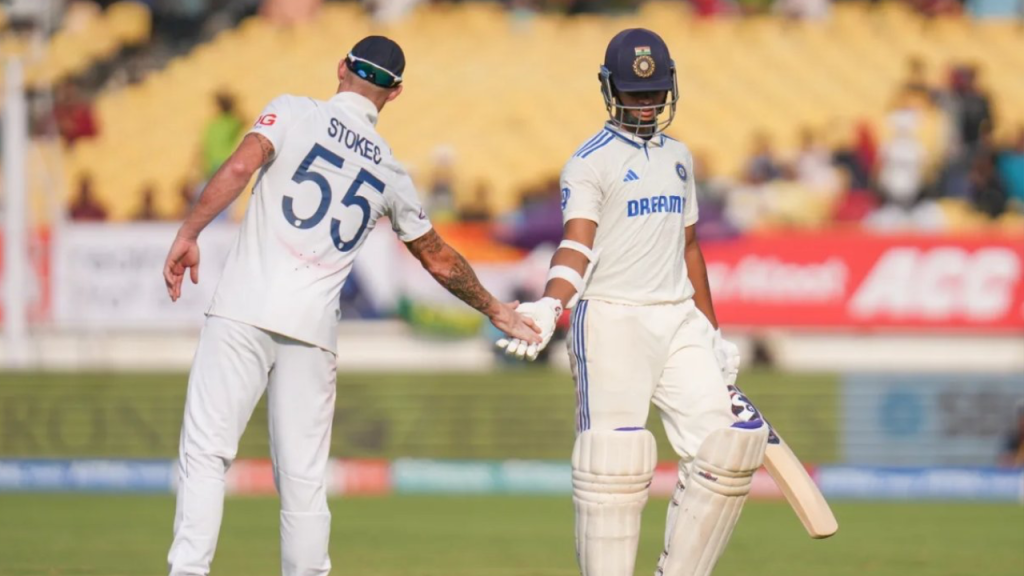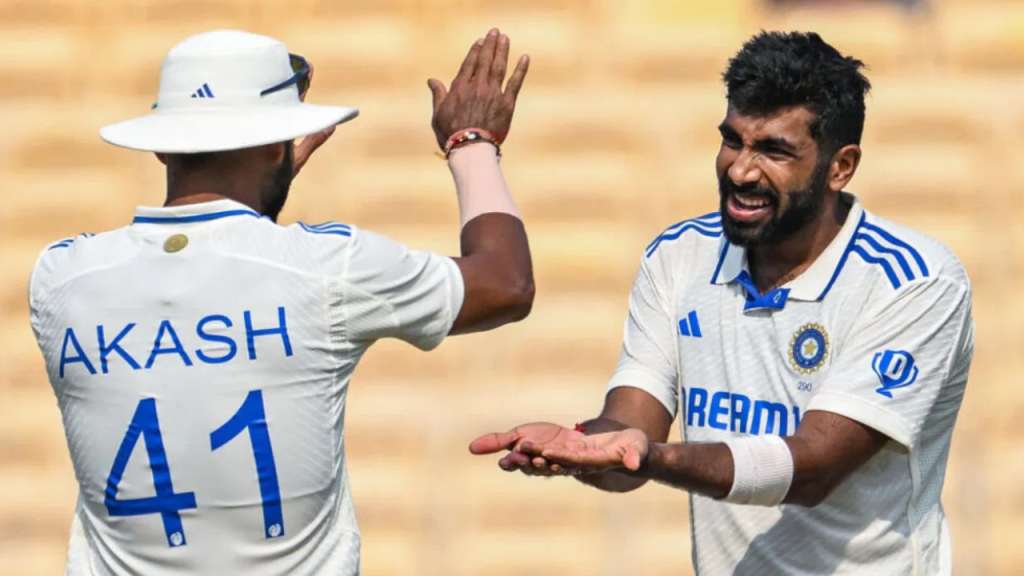In the unfolding drama of cricket, where every match is a narrative of its own, the Test between India and New Zealand at Bengaluru’s M. Chinnaswamy Stadium added another chapter to the annals of cricketing lore. The day’s play was drawing to a close, the shadows lengthening across the field, and the anticipation among the crowd was palpable. India, fighting hard against a formidable New Zealand side, had their hopes pinned on Virat Kohli, whose innings had been a blend of resilience and aggression. As the final over before stumps approached, Kohli, perhaps feeling the weight of the day’s play, decided to change his gloves—a routine act that often goes unnoticed in the grand scheme of cricket. But what followed was anything but routine.
Virat Kohli, known for his meticulous preparation, might have felt a slight discomfort or was ensuring his grip was perfect for the final moments. The crowd, buzzing with anticipation, was eager to see Virat Kohli through to the next day. However, cricket, with its unpredictable nature, had other plans. The last ball before stumps, delivered by a New Zealand bowler, was a delivery Virat Kohli would typically dispatch with ease. Yet, on this day, it found an edge, a slight deviation that kissed the outside edge of his bat, and before the crowd could react, the wicketkeeper had completed a stunning catch. The stadium fell silent, the shock wave palpable, as Kohli, after a moment of disbelief, began his long walk back to the pavilion.
Rohit Sharma, watching from the pavilion, was visibly shaken. His reaction, captured by cameras and shared across social media, was one of pure shock mixed with a tinge of disbelief. Kohli’s dismissal was not just the fall of a wicket; it was a moment that could shift the momentum of the entire match. Sharma, as captain, knew the implications. Kohli’s innings had been a masterclass in batting, keeping India in the game. His departure, especially in such dramatic fashion, left Sharma and the team in a state of temporary disarray.
The dressing room, usually a place of strategy and calm, was now a mix of silence and whispered conversations. Kohli’s dismissal was not just a statistical entry in the scorecard; it was a moment that encapsulated the unpredictability of cricket. The change of gloves, a minor detail, seemed to loom large in the minds of many. Was it a mere coincidence, or was there a deeper narrative? Cricket fans, analysts, and players alike would ponder over this moment, dissecting every frame of Kohli’s dismissal.
As the day ended, with the Indian team regrouping, the focus shifted to how they would recover from this setback. Rohit Sharma, known for his leadership under pressure, had a task ahead. The shock of Kohli’s dismissal would need to be channeled into renewed energy and focus. The next day’s play would be crucial, not just for the match but for the spirit of the team.
Virat Kohli’s dismissal, especially in the manner it occurred, was more than just a cricketing event. It was a moment that encapsulated the highs and lows of the sport, where a simple change of gloves could lead to a dramatic twist. For Rohit Sharma, for Team India, and for cricket fans worldwide, this moment would be remembered not just for the fall of a wicket but for the emotions it stirred, the discussions it sparked, and the resolve it tested. Cricket, in its essence, had once again shown why it’s not just a game but a narrative of human endeavor, resilience, and sometimes, sheer unpredictability.





